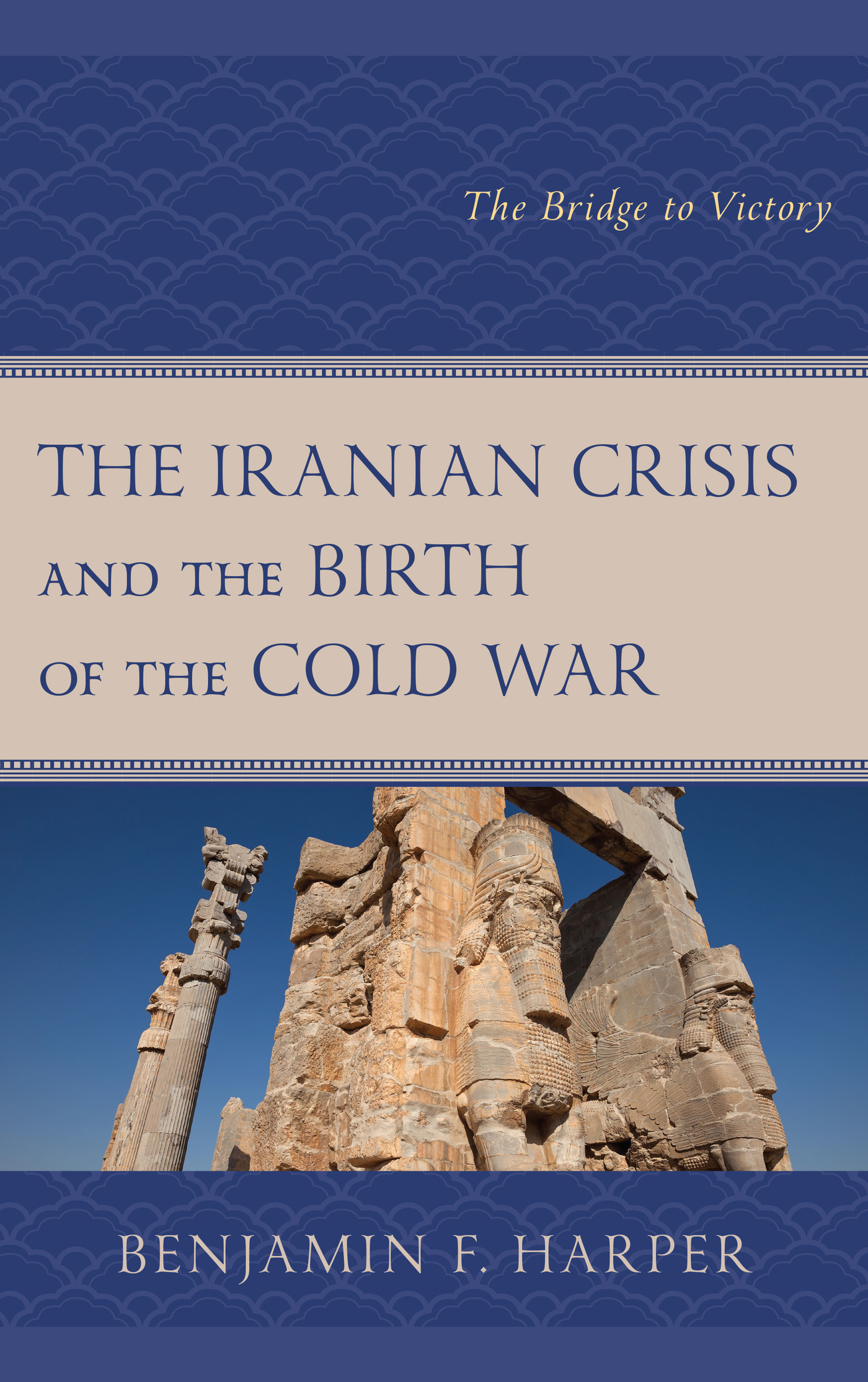The Iranian Crisis and
the Birth of the Cold War
The Iranian Crisis and
the Birth of the Cold War
The Bridge to Victory
Benjamin F. Harper
LEXINGTON BOOKS
Lanham Boulder New York London
Published by Lexington Books
An imprint of The Rowman & Littlefield Publishing Group, Inc.
4501 Forbes Boulevard, Suite 200, Lanham, Maryland 20706
www.rowman.com
Unit A, Whitacre Mews, 26-34 Stannary Street, London SE11 4AB
Copyright 2018 by The Rowman & Littlefield Publishing Group, Inc.
All rights reserved. No part of this book may be reproduced in any form or by any electronic or mechanical means, including information storage and retrieval systems, without written permission from the publisher, except by a reviewer who may quote passages in a review.
British Library Cataloguing in Publication Information Available
Library of Congress Cataloging-in-Publication Data
Names: Harper, Benjamin F., author.
Title: The Iranian crisis and the birth of the Cold War : the bridge to victory / Benjamin F. Harper.
Description: Lanham, Maryland : Lexington Books, 2018. | Includes bibliographical references and index.
Identifiers: LCCN 2018033335 (print) | LCCN 2018035130 (ebook) | ISBN 9781498576970 (Electronic) | ISBN 9781498576963 (cloth : alk. paper)
Subjects: LCSH: Iran--History--Mohammad Reza Pahlavi, 1941-1979. | Iran--Foreign relations--1941-1979. | Iran--Foreign relations--United States. | United States--Foreign relations--Iran. | Cold War.
Classification: LCC DS318 (ebook) | LCC DS318.H375 2018 (print) | DDC 955.05/3--dc23
LC record available at https://lccn.loc.gov/2018033335
 TM The paper used in this publication meets the minimum requirements of American National Standard for Information Sciences Permanence of Paper for Printed Library Materials, ANSI/NISO Z39.48-1992.
TM The paper used in this publication meets the minimum requirements of American National Standard for Information Sciences Permanence of Paper for Printed Library Materials, ANSI/NISO Z39.48-1992.
Printed in the United States of America
For Emily.
I know who I married.
Preface
This work examines the Iranian Crisis of 1946 and its active role in shaping the Cold War that followed. It is intended to serve as a case study of how the United States was able to successfully flex its short-lived atomic monopoly and achieve its international objectives in the early postwar era by means of direct engagement with so-called peripheral actors. This writing engages with the robust academic field of U.S. foreign relations that over the past number of years revisited and reimagined the origins and driving forces of the Cold War. My own international archival research, coupled with a comparative historiographical analysis of previously published works, supports the growing synthesis of the field, and it has led me to argue the importance of peripheral actors, and specifically Iran, in establishing the Cold War system. The claims that Soviet expansionism or American economic agendas were the sole agitants behind the emergence of the decades-long struggle no longer satisfies in lieu of the new materials and analytical approaches now available.
While the Russians and the British jockeyed for positions of leadership within wartime-occupied Iran, the United States was welcomed into the region by many Iranians as a potential balancing force and check on European imperialism. The Soviet Unions violation of a troop withdrawal agreement at the conclusion of the Second World War, coupled with its active support of Kurdish and Azeri separatist movements, aggressively tested the new and evolving international order. The primary objective of this work is to understand how the international community, in this case led by the United States, the Soviet Union, Iran, and the newly formed United Nations, achieved a relatively peaceful withdrawal of Soviet forces from Iranian territory. I contend that: 1) Iran possessed, due to its wartime role and latent economic potential, a degree of leverage in negotiations with the United States and Russia that other nations did not; 2) that the Iranian prime minister, Ahmad Qavm, shrewdly manipulated both superpowers with his own brand of masterful statecraft while pursuing his own Iran-centric objectives; 3) that the United States used its preponderance of military, economic, and diplomatic might to effectively achieve its postwar aims; and 4) the primary actors in the crisis solidified the legitimacy of the United Nations and its Security Council, which had previously been in jeopardy.
The Iranian Crisis presents a challenge to those scholars who present models premised on a rigid Cold War binarism, while it seemingly strengthens the case of those scholars who take account of other actors when assessing power dynamics and the ability of the superpowers to implement their will. Evidence indicates that Prime Minister Qavm was one of the principal figures behind the peaceful resolution of this matter. Representing a third-party force outside of Europe, Qavm skillfully used the tools he had at his disposal to transform the foreign policies of the superpowers while advancing his own countrys agenda. Qavm would not have taken the bold risks that he didwhich included offering highly sought after oil concessions to Soviet leaders while deftly wrapping them in legalistic parlance and damning requirementsunless he was positive that the United States would stand behind him militarily, economically, and politically, even if doing so risked the continuation and perhaps escalation of global conflict.
While lesser known than the Berlin Airlift or the Korean War or the Cuban Missile Crisis, the Iranian Crisis revealed for the first time what a superpower clash might look like. This event provides a stunning example of crisis management by the primary participants. The Iranian Crisis was indeed the birth of the Cold War, and it established a model for state actions during and after this long conflict. The Crisis also provides a powerful example of how third-party entities outside of Europe, despite possessing relatively meager military and economic might, had the ability to alter and occasionally manipulate superpower behavior.
Acknowledgments
There are many individuals and institutions that assisted me in the production of this work and to whom I owe my thanks. Portions of this project stretch back a decade. I vividly recall sitting in a military seminar in graduate school and discussing the U.S. efforts in Iran during WWII. A colleague nonchalantly said, Well, youve just found your dissertation topic. The gentleman was correct, and while I had a steep learning curve ahead of me, I found this field more profitable and enthralling the further I went.
The acquisitions and editing teams at Lexington Books have been true professionals throughout this process and have been a pleasure to work with.
I am indebted in more ways than one to Florida State University and Dartmouth College for fostering an environment conducive to academic research. I am much obliged to Dr. Michael Creswell for his steadfast guidance, patience, and his seemingly inexhaustible reservoir of resources and scholarship. To the remainder of my committeeDr. Will Hanley, Dr. Nathan Stoltzfus, Dr. Andrew Frank, and Dr. Mark Souvayour dedication to your crafts and your guidance has been greatly appreciated.
Thank you to the Association for the Study of the Middle East and Africa (ASMEA) for support in the form of a 2014 international research grant, which provided me the opportunity to work briefly in Moscow and Baku. This experience impacted me in a profound manner. There is something to be said for spending time on the ground in the area that your work centers upon; a privilege made all the more difficult to attain when you work in Middle Eastern affairs in these turbulent times. This travel and research excursion afforded me the opportunity to spend time with the renowned scholar and statesman Dr. Jamil Hasanli, whose breadth of knowledge was only surpassed by his hospitality.
Next page


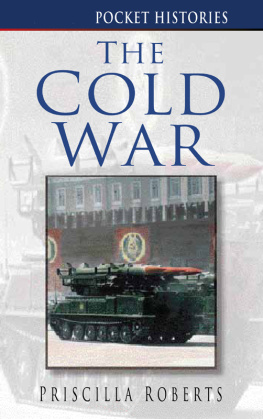
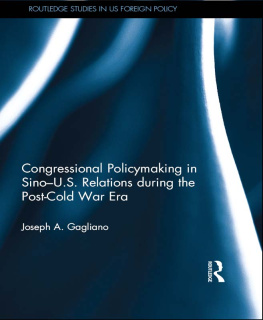

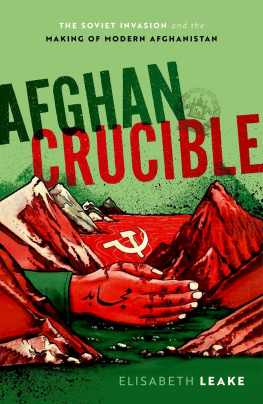
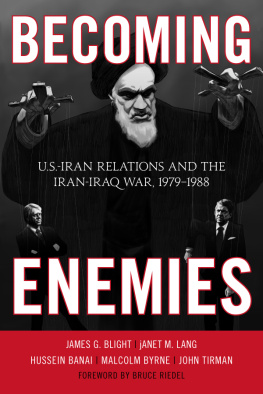
 TM The paper used in this publication meets the minimum requirements of American National Standard for Information Sciences Permanence of Paper for Printed Library Materials, ANSI/NISO Z39.48-1992.
TM The paper used in this publication meets the minimum requirements of American National Standard for Information Sciences Permanence of Paper for Printed Library Materials, ANSI/NISO Z39.48-1992.